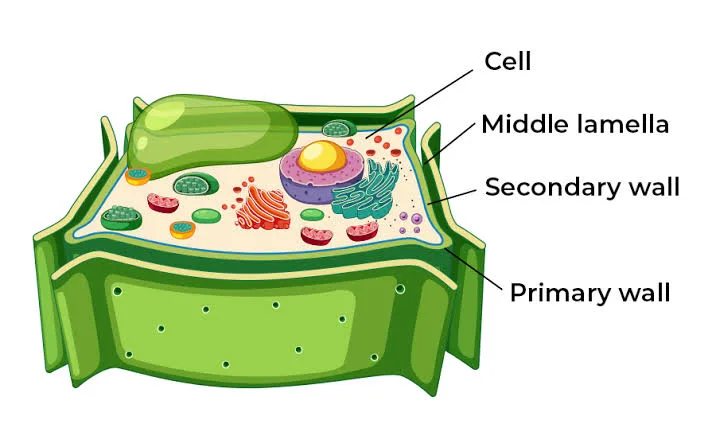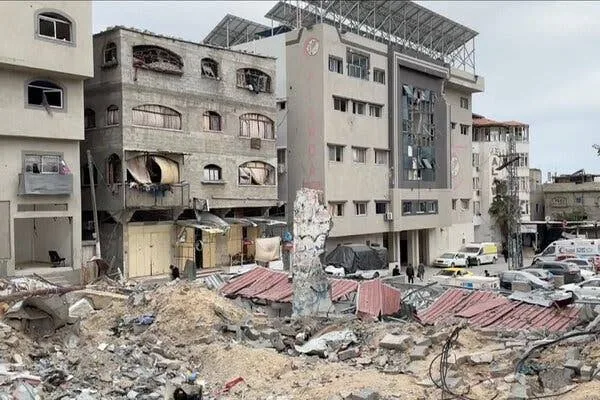Cell Components and Their Functions
Cell Components and Their Functions I'm sure you're already familiar with what a cell is — the basic structural and functional unit of life. Now, these cells have various components…
Israel Orders Intensified Strikes on Iran, Kills Top Terror Commanders in Gaza and Lebanon
Israel Orders Intensified Strikes on Iran, Kills Top Terror Commanders in Gaza and Lebanon Israel’s Defence Minister, Israel Katz, has directed the Israeli Defence Forces (IDF) to step up military…
Israel Claims Progress in Iran Strikes, Targets Nuclear Sites and Military Commanders
Israel Claims Progress in Iran Strikes, Targets Nuclear Sites and Military Commanders Jerusalem – The Israeli military believes it could neutralize Iran’s nuclear program within the next one to two…
Israel Targets Iran’s Military and Nuclear Sites in Major Offensive
Israel Targets Iran’s Military and Nuclear Sites in Major Offensive Tensions Soar: Israel Targets Iran’s Military and Nuclear Capabilities Amid Warnings and Escalating Conflict In what appears to be one…
IDF Carries Out Rescue and Defense Operations After Missile Attacks from Iran
IDF Carries Out Rescue and Defense Operations After Missile Attacks from Iran Israel is currently facing ongoing missile and drone attacks believed to be launched from Iran. In response, the…
3RD TERM SS2 DATA PROCESSING EXAMINATION QUESTIONS
3RD TERM SS2 DATA PROCESSING EXAMINATION QUESTIONS We have compiled these Data Processing questions specifically for the third-term examination. The objective (OBJ) section includes a blend of randomly selected past…
Blessings by God in This Music (Mp3 Download)
Blessings by God in This Music (Mp3 Download) Here is another powerful music update from God Is In This Music, titled “Blessing.” This song is released by a dedicated group…
EFCC Arraigns SunTrust Bank MD Halima Buba Over Alleged $12 Million Money Laundering
EFCC Arraigns SunTrust Bank MD Halima Buba Over Alleged $12 Million Money Laundering The Economic and Financial Crimes Commission (EFCC) has brought serious allegations against Halima Buba, the Managing Director…
Senate Considers Creation of Anim State in the South-East – Senator Osita Izunaso
Senate Considers Creation of Anim State in the South-East - Senator Osita Izunaso A Senator from Imo West, Senator Osita Izunazo, has notified Nigerians that the Senate is currently considering…
What Really Matters in Relationships (4 Key Things to Note)
What Really Matters in Relationships (4 Key Things to Note) I will be listing what actually matters in relationships and things that people need to actually take note of. There…













